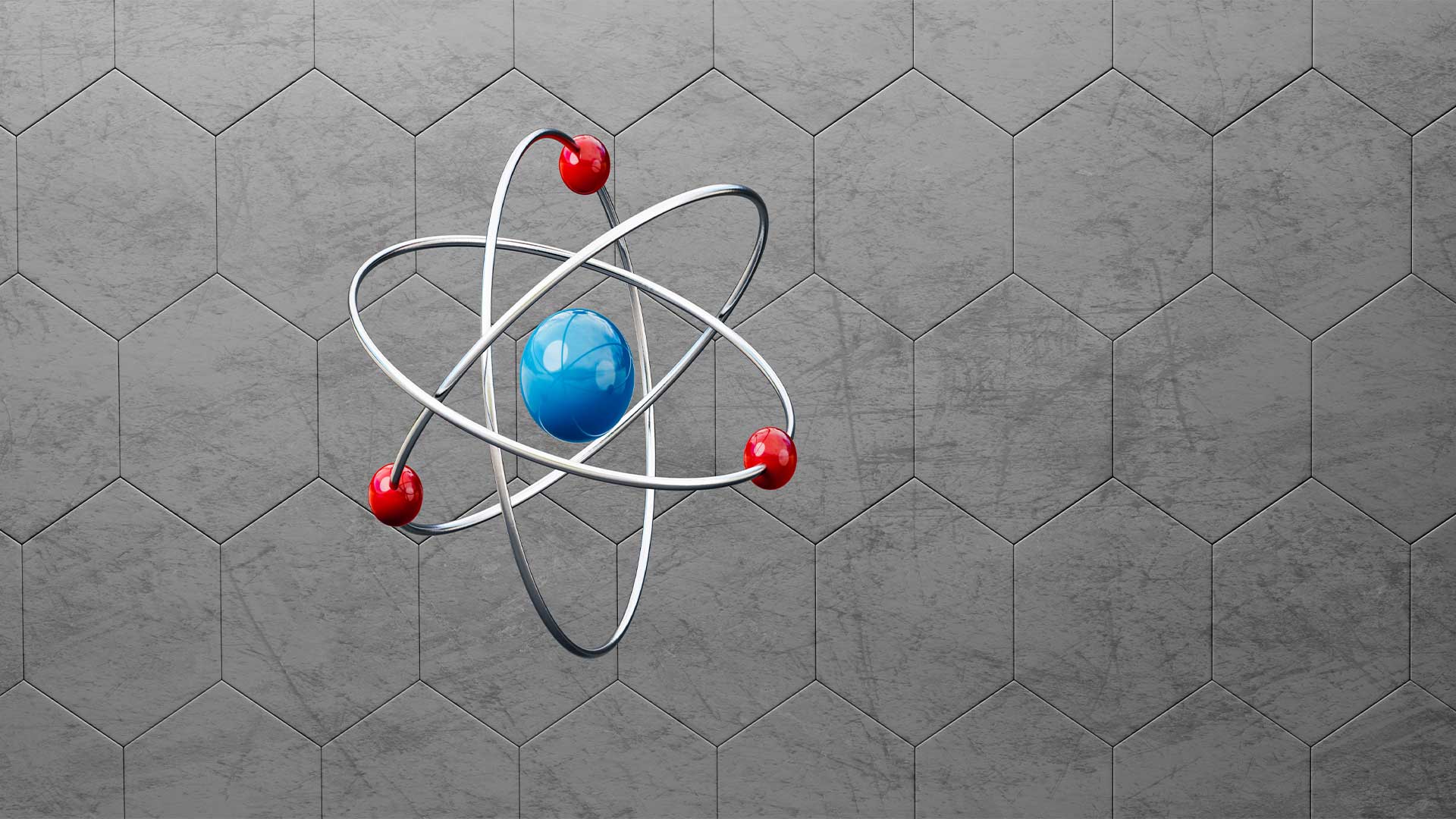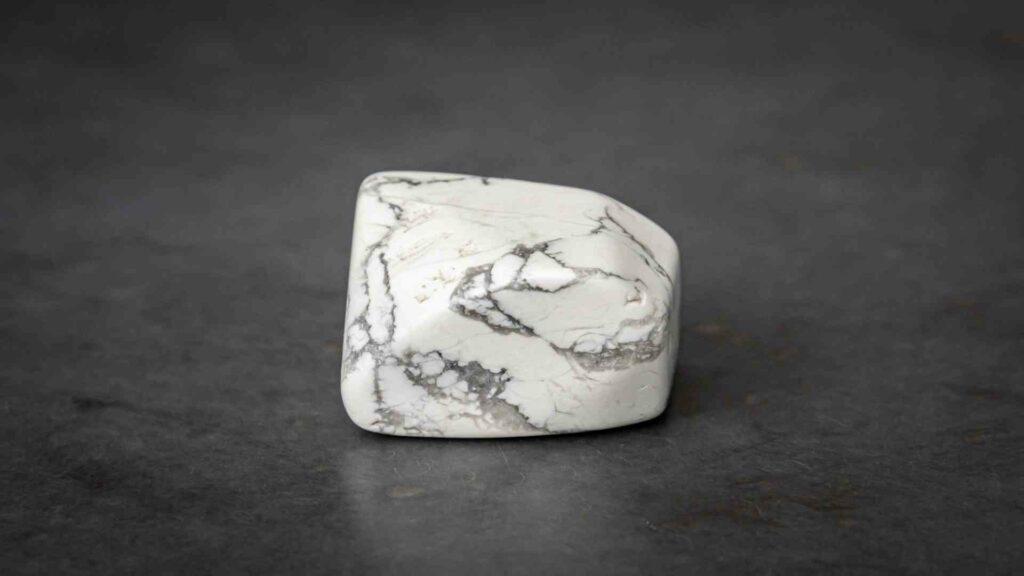Stable 2D structures of Boron: Properties and Applications
It is one of the most common elements in the Earth’s crust. They are in the study for decades to find applications for them. With recent advances in nanotechnology, boron has gotten a new lease on life. Scientists can create stable 2D structures that have unique properties. These are put to use for various purposes such as water purification or even electronic devices. This article will discuss some of these aspects and others related to this interesting material.
Boron is a chemical element in the periodic table that has a 2D structure. The boron atom consists of 3 protons, 3 electrons, and 3 neutrons. It’s atomic number is 5 and its symbol is B. It is present in many industries such as Aerospace, Automotive, Electronics, and Construction Materials.

properties of 2D structures of Boron
- It has a full shell of electrons. So, it does not require any ligands to form stable structures.
- The molecules are generally linear in structure. And they can combine with other boronic acids or alcohols.
- Next property of Boron – it can be flat in the form of a sheet or rolled up. This makes its geometry highly adaptable.
- It is also reactive in the sense that it will react with almost every element. So you could use boronic acids to make compounds.
What is so unique about the 2D structures of Boron?
The first thing to notice is that they are all stable structures. This means we can create them and study them without having problems with their stability. Unlike in the past when these structures were too unstable or too toxic for practical use. The second interesting property of this discovery is how it exhibits insulating properties. And that may prove useful as well.
Stable Boron 2D structures
The 2D boron structures are stable. And it is not only due to their unique atomic structure. But also because they can form hybrids with other materials such as silicon. This means that we can have a combination of properties from different elements. And, therefore create more diverse possibilities for future applications.
Insulating Properties of Boron’s 2D structures
The insulating properties of the boron structures are also very interesting. These materials provide an alternative material for semiconductors and graphene-based electronics. However, this can only exist in high vacuum environments due to their reactivity with oxygen. Since these new structures do not react with oxygen.
Another possibility is that they can help us create new types of solar cells. That can help to harvest more light than traditional semiconductors. This works out since they easily dope with different elements and materials.
And it means that we can have a combination of properties from different elements. Hence, we can create more diverse possibilities for future applications.
The future is bright for boron!
Stable 2D structures of Boron and its replacement in semiconductor devices
These structures are so stable yet different from other materials in their properties and applications. The reason is that they contain only one atom per unit cell with two outermost electrons occupying low-energy orbitals. That is one p z orbital for each electron. These atoms form a perfectly flat layer without any defects or extra bonds between them. And it is possible because there are no high-energy interactions present among them.
This makes it resistant to external damage like oxidation which happens when exposed to oxygen. The insulating properties make it difficult to disrupt conductivity through heating, pressure, etc. It is unlike many semiconductors such as the ones made of silicon.
These properties make it a good candidate for electronics and other devices. Particularly the ones which need to work in harsh environments. Or the ones exposed to the elements without being disrupted, like satellites, space probes, etc. In these cases, materials with high-temperature stability are important as well. And mainly because they can withstand extreme changes of temperature, pressure, etc. more than normal semiconductors do.
The importance of this material is becoming clearer day by day. It is not only due to its broad potential applications. But also because there are still many unanswered questions about the stable 2D boron structures. Most of them are not explored yet, hence research on them needs to continue.
What are some applications of these properties?
Some potential uses for these materials include improving the strength, stiffness, and durability of electronic components. Additionally, they help to make car parts lighter weight to improve fuel efficiency. There are many applications as listed below:
electronics
Electronic devices: In the future, its structures might enable new types of transistors and other electronic components. It is for use in smaller products operating at higher frequencies.
Photonics: Boron may provide a material that is necessary to make lasers more efficient with less power consumption. It also has the potential applications for photonic crystals which are materials that can control electromagnetic waves. It can do it by creating periodic patterns on scales from nanometers to meters.
Semiconductors: The discovery of low energy states in layered boron leads scientists to investigate possible uses. They can replace semiconductor layers in solar cells or light-emitting diodes (LEDs). The scientists discovered an unusual property where the electrons only travel perpendicular across the layer.
Borophene: We can’t forget about Borophene. This discovery was announced earlier this year. Scientists around the world research it constantly. Mainly because its unique properties make it an excellent candidate for applications such as flexible electronics (it can withstand high temperatures), electric circuits, solar cells, batteries, etc. The research on Borophene is still ongoing so there are many more interesting applications in the future.
Aerospace
It is useful in the aerospace industry for years as a strengthening agent. It is added to metal alloys and ceramics. The use of boron increases strength without adding significant weight or volume.
Automotive industry
The presence of Boron in the automotive industry is not rare.
Brake linings: Boron powder is mixed with other powders such as aluminum and copper to produce brake pads. Then, it significantly reduces the ‘fade’ or a decrease in grip from braking. And therefore, when the friction material heats up, it helps to spread out the heat more evenly than conventional materials.
Fuel cells: Boron is important in fuel cell catalysts for vehicles powered by hydrogen gas. It is vital because they are highly resistant to corrosion and oxidation at high temperatures without degrading their performance over time. The research on fuel cells is still ongoing, so many more interesting applications are yet to come forward.
Constructive materials (stable 2D structures)
The presence of Boron in the constructive materials is very important. Because it makes them resistant to different industrial and consumer applications.
For example, in steel reduces its susceptibility to corrosion. It helps by forming a protective layer that shields it from oxygen or other corrosive agents.
In concrete, boron is an ingredient of cement paste. It helps to reduce cracking during curing due to thermal expansion. And then, prevents cracks formed later on due to temperature changes (as happens with self-compacting concretes). Finally, it also improves strength and durability.
It’s alloys are more than just rustproof metal. In aluminum production, borons act as a “paint” applied onto the surface of molten aluminum when treated with nitrogen gas at high pressure.
Boron is used in many different industries from aerospace engineering to composite materials, electronics, and even medicine. For example, researchers at Lockheed Martin’s laboratories found that it reduces ice formation on airplane windshields by up to 50%. Furthermore, NASA researches and uses it in rovers as well.
conclusion
Boron is a material with many applications in various industries. It acts as an insulator for electronics and semiconductors to protect against heat or light-induced damage. Boron compounds are also excellent catalysts for the production of polymers, plastics, dyes, and pharmaceuticals. Therefore, this is how stable 2D structures of boron properties and applications can benefit your industry.





